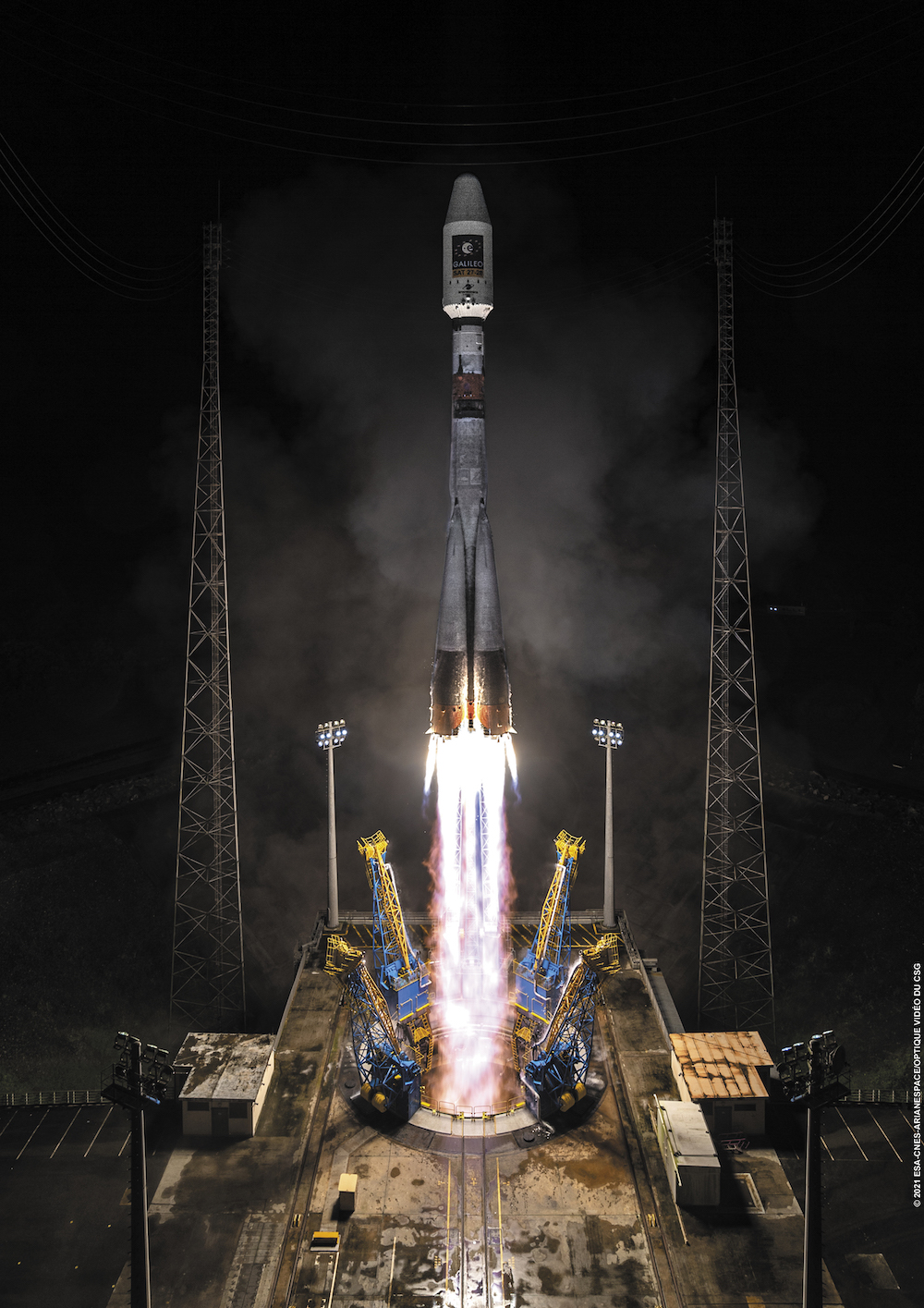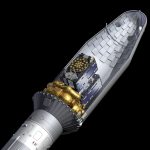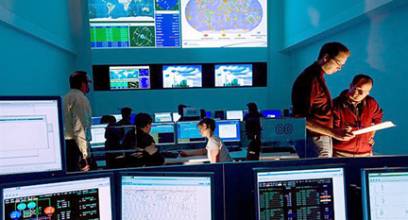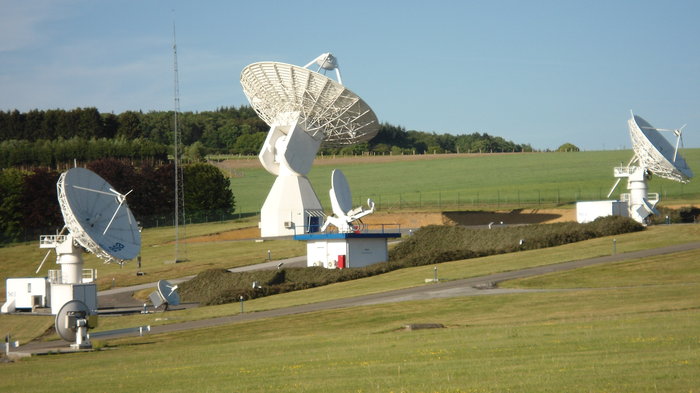Europe has deployed two new Galileo satellites within its constellation, adding to the existing 26 operational satellites in orbit. The entry into service of satellites 27 and 28 follows an exhaustive 2022 testing campaign. In a recent communication, the European Space agency (ESA) said the new deployment will result in a measurable increase in positioning accuracy and improved overall performance of the Galileo system.
The new satellites were launched at the end of last year (December 2021),. They underwent an in-orbit, test review at the end of April 2022, carried out jointly by ESA, satellite manufacturer OHB and navigation payload manufacturer Surrey Satellite Technology Ltd (SSTL). At that time, the payloads were found to be performing extremely well, ‘among the best in the entire constellation’, ESA noted. A further in-orbit, test review of systems and operations was then undertaken by ESA and EUSPA, the EU Agency for the Space Program, showing similar results.
The two new satellites are the first to broadcast Galileo’s new and improved navigation message. Users of the Galileo public, open service will see three key improvements. First, faster navigation data acquisition will enable a faster first position fix. Next, robustness will be enhanced in challenging environments, for example in built -up, urban settings, where so-called urban canyons can obscure the visibility of satellites. Finally, it is now easier to access timing information in the navigation message. New software for the Navigation Signal Generation Unit, for testing and broadcast of the new navigation message, was developed collaboratively by Italy’s Thales Alenia Space, SSTL, OHB and ESA.
During the summer of 2022, a separate, extensive test campaign was conducted by ESA to ensure the compatibility of the enhanced message with the entire Galileo system, at unit, payload, satellite, ground, and system levels. EUSPA oversaw additional receiver testing, to ensure this compatibility extended to Galileo receivers and chipsets currently on the market. ESA said the new satellites served as ideal testing platforms for the improved navigation message and software, transmission of the upgraded signals allowing the team to confirm successful implementation and to characterize long-term performance.
ESA’s Head of Signal in Space Engineering Unit Stefan Wallner said the improvements mean Galileo users will receive a first positioning fix twice as fast, in as little as 16 seconds. ESA’s Head of Galileo Full Operational Capability Satellite Management Service Bastiaan Willemse, said that with testing complete, the new software can be uploaded to every Galileo satellite already in orbit, starting in October 2022.






